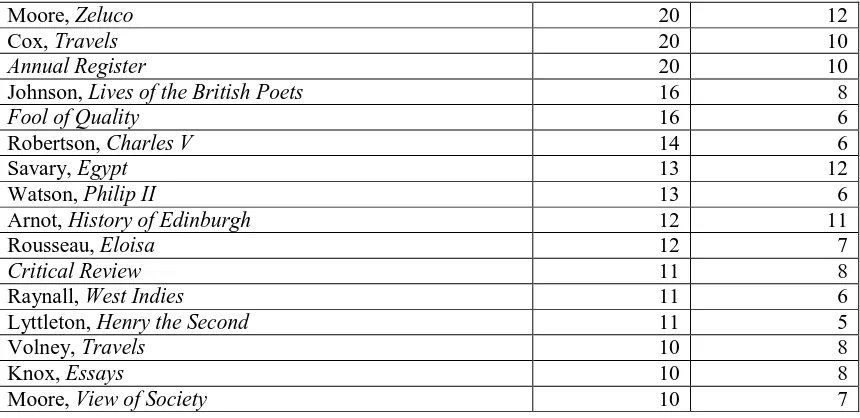Reading the Scottish Enlightenment : libraries, readers and intellectual culture in provincial Scotland c 1750 c 1820
Full text
Figure




Related documents
Even though, Žižek registers his disappointment in The Fright of Real Tears at the very outset with the advocates of Post-Theory for seeing a Lacanian in every film theorist, he
We can mention a case of Mirchpur Village of Hisar district (HR.), showing such social evil in this era of globalization and modernization. This research is an
The powders were dry milled for 2 h and then compacted at 240 MPa to form pellets. The study of the different phases of the samples was performed using X-ray diffraction. The
• The informational asymmetry in a market with one market maker, perfectly informed investors, imperfectly informed users of practical decision rules and uninformed noise
After controlling for im- portant variables a¤ecting the behavior of exchange rates in the short-run, we show evidence of exchange rate inertia; in other words, we …nd that
In this analysis we treated the Security Update Frequency score as a dependent variable (output); and the Requirements, Expertise Support, and Developer Knowledge scores
will be judged; 28 secondly, by providing a stronger link between inputs into the production process and the monitoring of the achievement of outcomes; thirdly, by making performance
The coefficient on the GS variable proves non-significant in all cases, while the coefficient on the FAV variable is positive at levels of significance close to 10%, when





